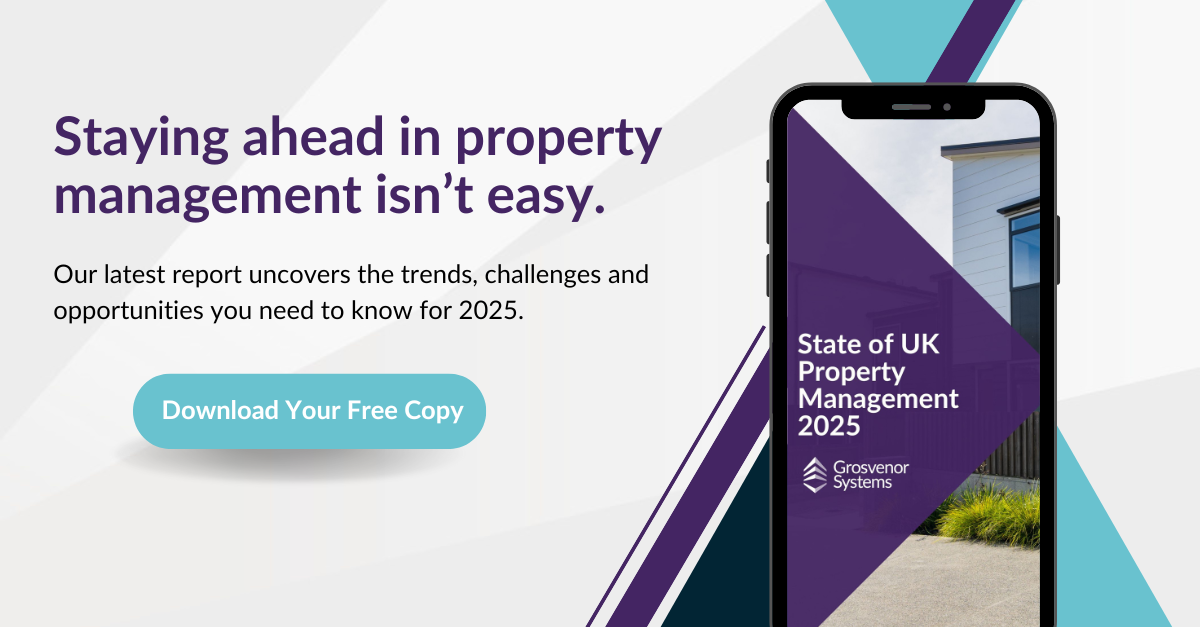Choosing a Managing Agent in 2025 | RMC & RTM Checklist
If you’re a director of a Residents’ Management Company (RMC) or Right to Manage (RTM) company, choosing a managing agent is one of your most important responsibilities. The right agent ensures your building is safe, well-maintained and appropriately insured – all while keeping leaseholders informed and service charges under control. Get it wrong, and you risk stress, service failures and a revolving door of agents.
I specialise in helping RMC and RTM directors across England and Wales to source, assess and appoint the right managing agent for them. Every building is different, every board is different, and so is every managing agent. This checklist is based on how I run tenders for clients – tailored, structured, and focused on long-term success.
Step 1: Define your needs
What kind of support do you need? Is yours a Higher-Risk Building (HRB)? Are there major works coming up? Do you have an under-performing on-site team? Your answers will shape the type of managing agent you need, and the scope of service required.
Step 2: Longlist and shortlist the right agents
The market is changing. While it’s still fragmented, consolidation is accelerating private equity and large corporate players are entering the sector. But bigger isn’t always better. I suggest compiling a longlist of agents, from local specialists to national firms, and narrow this to 4–6 who are a genuine fit for your development.
Step 3: Consider the agent’s regulatory status
This is an unregulated industry – one that handles billions of pounds of leaseholder money every year. That’s why it’s so important to understand an agent’s voluntary regulatory choices.
Around 350 managing agents in England and Wales are corporate members of The Property Institute (TPI), formerly ARMA. Roughly 250 are regulated by RICS, which brings additional professional obligations. Many are also authorised by the Financial Conduct Authority (FCA) to advise and arrange insurance – a critical issue for any RMC or RTM.
Membership of a redress scheme is legally required, but everything else is optional (for now). Regulation of managing agents is coming eventually, as in Scotland, but until then, these voluntary credentials offer reassurance. If an agent hasn’t sought any professional oversight, ask why.
Step 4: Assess the agent’s software ecosystem
This is a vital (and often overlooked) step. A managing agent’s software isn’t just back-office admin. It’s the engine behind their entire service delivery. The very best agents use software like Propman to:
- Manage service charge demands, arrears and year-end accounting
- Handle Section 20 notices and budgeting
- Keep directors and leaseholders informed via reporting dashboards
- Manage planned maintenance, reactive repairs and cyclical major works
- Support building safety processes and evidence-based compliance
- Provide 24/7 portal access for key documents, statements, updates.
Software with open APIs also enables integration with best-in-class tools, allowing contractors, surveyors, insurers and residents to collaborate in the same ecosystem. If an agent doesn’t invest in the right tools, how can they deliver consistent, transparent service?
Step 5: Issue a clear Invitation to Tender (ITT)
A good ITT sets expectations and captures each agent’s capabilities. I would include:
- A questionnaire probing technical know-how, structure and resources
- A fee matrix (so costs can be fairly compared)
- A request for a proposal document that lets each firm show its personality.
Step 6: Test their mettle
Review submissions, challenge assumptions and probe for detail, especially around staffing, building safety, financial management and software use. I share what’s real vs. rhetoric, so directors can make an informed choice.
Step 7: Interview for chemistry, not just competence
Once it’s been narrowed down to 3 or 4 finalists, I recommend face-to-face interviews. Chemistry matters – and no spreadsheet can predict it. The best decisions are made when heads and hearts align.
Step 8: Nail down the contract
The management agreement should protect both sides and set expectations. Here a of review terms line by line, introducing KPIs (Key Performance Indicators) and SLAs (Service Level Agreements) that reflect your priorities, especially around responsiveness, reporting and financial discipline. A well-drafted contract avoids future headaches.
Final Checklist Summary
- Have you defined your building’s needs and future plans?
- Have you shortlisted agents based on skills and personality?
- Have you checked their professional regulatory credentials?
- Have you assessed their software and reporting systems?
- Did you issue a detailed, fair ITT?
- Did you challenge assumptions and test their knowledge?
- Did the interviews reveal chemistry and cultural fit?
- Is the contract fair, with agreed KPIs and SLAs?
- Do you have a plan to support the relationship post-appointment?
Choosing a managing agent is about more than price. It’s about people, processes and platforms – and software is the common thread that binds them. If you want to get it right first time, a little independent guidance goes a long way.
My work doesn’t stop once an agency has been appointed. I support the handover process to ensure nothing falls through the cracks.
I also stay connected, offering advice on:
- Building safety and statutory compliance
- Major works planning
- On-site staff recruitment and training
- Insurance and energy procurement
- Leaseholder engagement and communication.
Because this process isn’t just a transaction – it’s the start of a relationship.
Ready to see where the property management industry is heading next?
Download our State of Property Management 2025 report to uncover the latest trends, challenges, and opportunities shaping the future.
.png?width=1920&height=941&name=GS%20white%20clear%20(Large).png)


